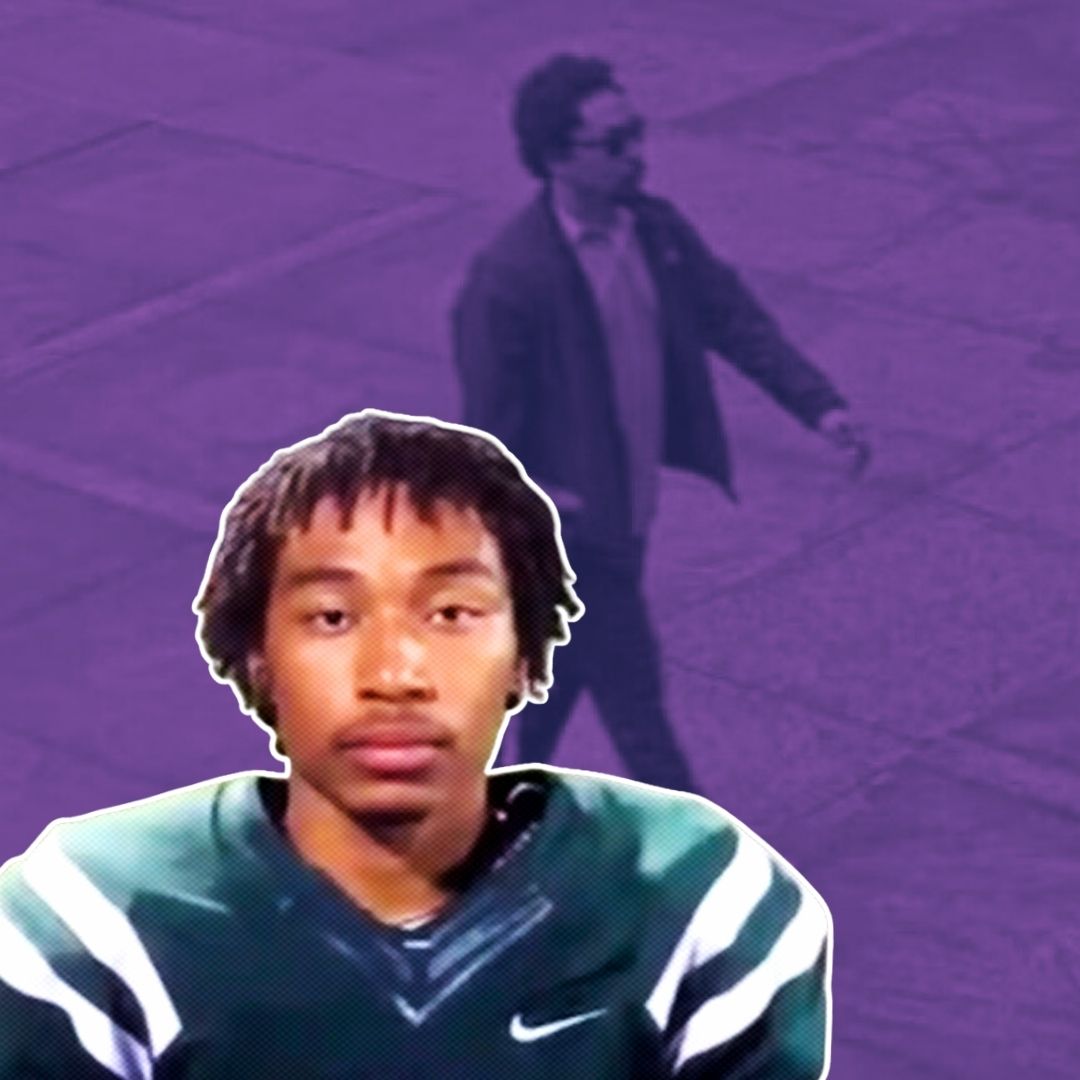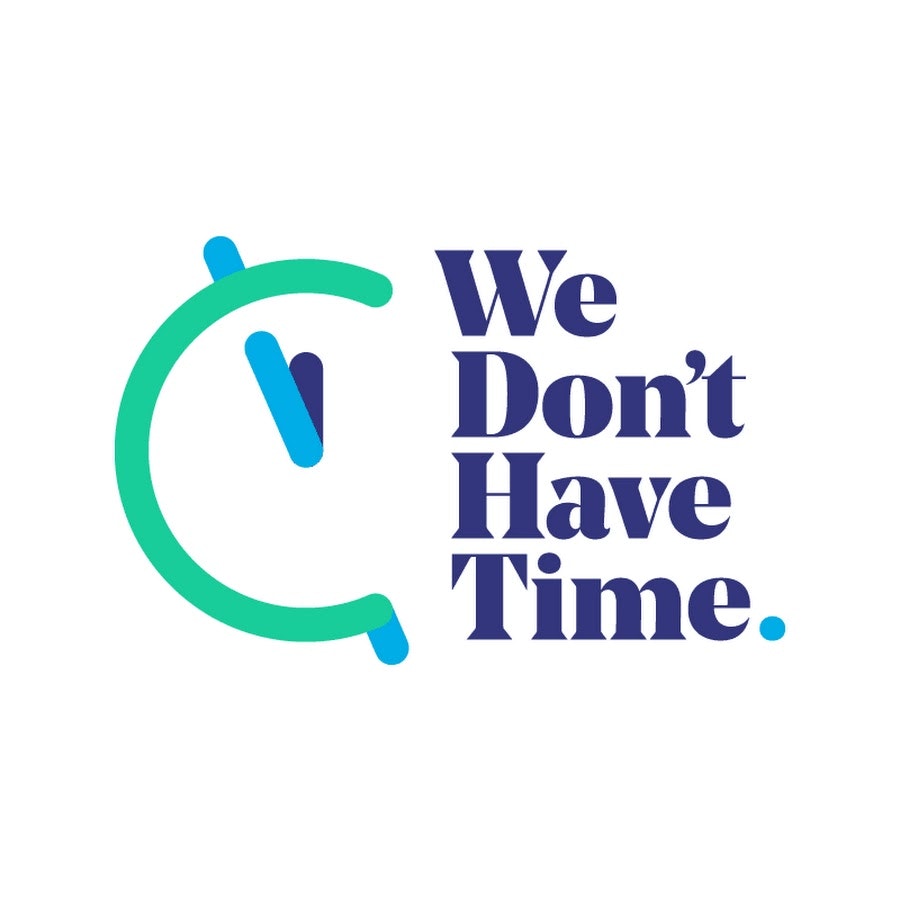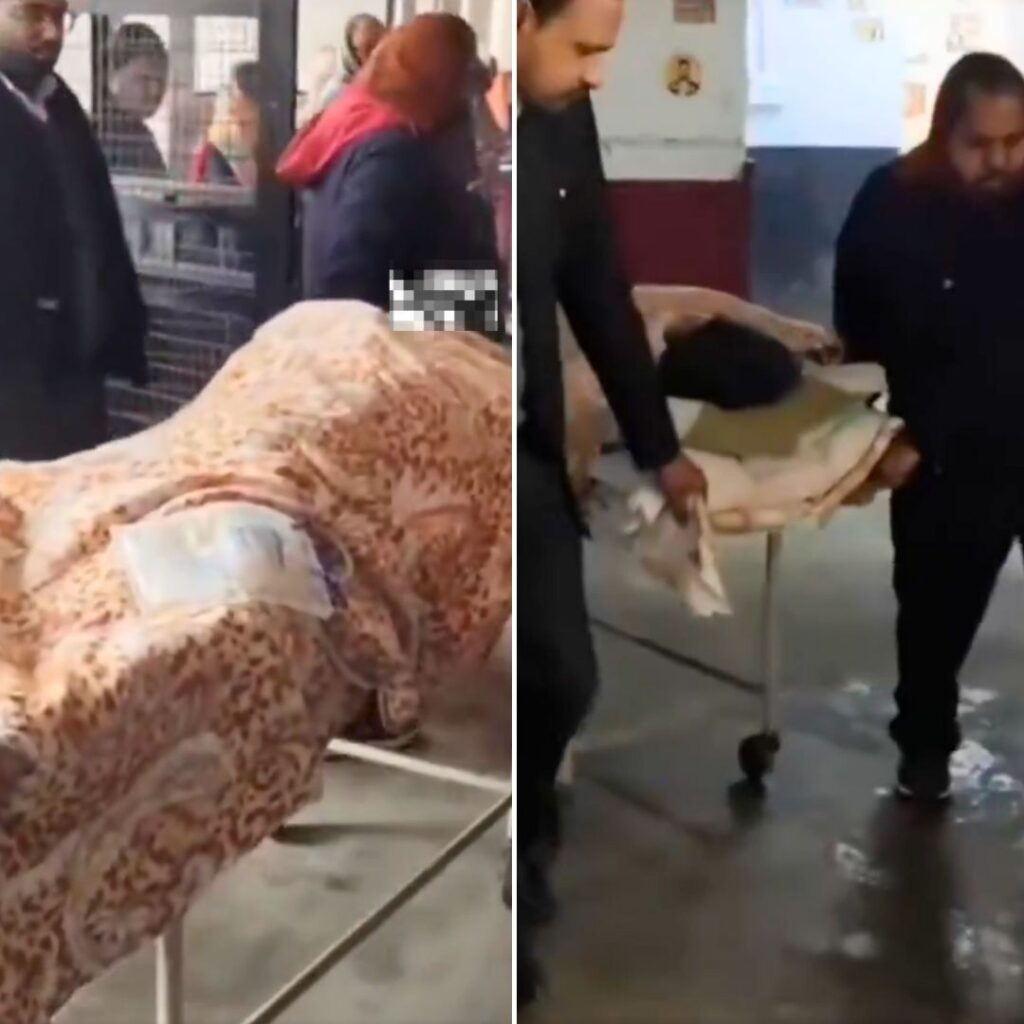On July 28, 2025, 27-year-old Shane Devon Tamura from Las Vegas carried out a mass shooting at 345 Park Avenue, the NFL headquarters building in Midtown Manhattan. Arriving in New York after a cross-country drive, Tamura entered the building around 6:30 p.m. armed with an M4-style semiautomatic rifle.
He opened fire in the lobby, killing four people—including NYPD Officer Didarul Islam, who was honoured as a hero for his sacrifice. Tamura then mistakenly took the wrong elevator to the 33rd floor, where he shot another victim before fatally shooting himself in the chest. Investigators recovered a three-page suicide note from his pocket at the scene and immediately launched a multi-agency probe into his motives and background.
Among the victims were a security guard for the building, a Blackstone executive who was a wife and mother, Officer Didarul Islam—an immigrant from Bangladesh and father of two—and a young employee at Rudin Management. A fifth victim, an NFL employee, was critically injured but later stabilised. The autopsies revealed all four victims died from gunshot wounds to the torso, with Tamura dying from a self-inflicted gunshot wound to his chest.
Suicide Note Reveals CTE Claims and Plea for Brain Study
The recovered suicide note blames the NFL for Tamura’s deteriorating mental health, citing chronic traumatic encephalopathy (CTE), a degenerative brain disease linked to repeated head trauma. The note referenced former Pittsburgh Steelers player Terry Long, who died by suicide in 2005 after being diagnosed with CTE. Tamura wrote, “Terry Long football gave me CTE, and it caused me to drink a gallon of antifreeze. You can’t go against the NFL; they’ll squash you. Study my brain, please. I’m sorry.”
Authorities confirmed Tamura had a documented history of mental health issues, including two mental health crisis holds in Nevada in 2022 and 2024, where he was temporarily hospitalised. The New York City Office of the Chief Medical Examiner announced that Tamura’s brain will be examined by a neuropathology expert as part of the autopsy to determine if he had CTE, a process that will take months. This examination was disclosed exclusively to CNN by medical officials. Tamura’s motives remain under investigation, but officials state the suicide note and his prior health history are central to understanding the tragedy.
Understanding CTE: What Medical Science Says
Chronic traumatic encephalopathy (CTE) is a progressive neurodegenerative disease associated with repeated head trauma, primarily affecting athletes in contact sports such as football, boxing, and hockey. CTE is characterised by the build-up of an abnormal protein called tau in the brain, causing brain cell death that leads to symptoms such as memory loss, mood disorders, impaired judgment, impulsivity, and increased risk of depression and suicide. Definitive diagnosis of CTE requires postmortem brain examination.
A landmark study published in JAMA found evidence of CTE in 110 of 111 former NFL players whose brains were analyzed, raising public awareness of the condition. However, not every athlete exposed to repeated head trauma develops CTE, and symptoms may manifest years after the injuries occur. Research emphasises the complexity and individual variability of the disease.
The Toll of CTE on Athletes
Studies from Harvard’s Football Players Health Study estimate that up to one-third of former NFL players suspect they have CTE symptoms, which include cognitive decline and psychiatric problems. High-profile cases such as Terry Long, Junior Seau, and Aaron Hernandez—who all died by suicide after being linked to CTE—have intensified concern about the neurological toll of professional football. Epidemiological research suggests that each additional year playing tackle football increases CTE risk by 15%, and every 1,000 additional head impacts adds 21% risk.
Despite these trends, experts caution against oversimplifying causation of violent acts or suicide solely to CTE, noting many contributing factors, including pre-existing mental health conditions. The scientific community continues to explore living diagnostic techniques and better understand disease mechanisms.
Ethical and Policy Debates Surrounding Contact Sports
The shooting incident has reignited debates on the ethical implications of high-impact sports such as American football. Medical professionals and ethicists demand balancing the cultural value of these sports with protecting players’ neurological health. Dr. Ross Zafonte of Mass General Brigham said, “The cultural acceptance of risk must be balanced by policies prioritising participant safety and informed consent.”
The NFL and other leagues have implemented stricter concussion protocols, rule changes to reduce head impacts, and increased funding for CTE research. However, advocates call for more comprehensive reforms, including tighter regulation at youth levels and enhanced education on risks. Some argue for banning full-contact tackles in younger athletes to prevent long-term brain injury, reflecting continued tension between preserving tradition and ensuring health.
Broader Impacts: Mental Health, Sports Safety, and Institutional Responsibility
Tamura’s violent act and his plea for brain investigation spotlight urgent challenges in managing athlete brain injuries, associated mental health struggles, and institutional accountability. The shooting underscores the need for comprehensive mental health support in sports and workplaces, transparent research, and preventive policies.
As Tamura’s brain analysis proceeds, ongoing policy discussions around the United States focus on safeguarding current athletes, retired players, and at-risk individuals. This tragedy compels reflection on how society values both the passion for the game and the wellbeing of those who play it.
Fact Box: CTE and Sports
- According to the Boston University CTE Center, chronic traumatic encephalopathy (CTE) was diagnosed in approximately 91.7% (345 of 376) of former NFL players whose brains were studied post-mortem.
- A study by Mass General Brigham researchers found that about 1 in 3 (35%) former NFL players believe they exhibit symptoms of CTE.
- Research published in the Journal of the American Medical Association (JAMA) indicates that each additional year playing tackle football increases the risk of developing CTE by 15%, and every 1,000 additional head impacts raises this risk by 21%.
- Common symptoms of CTE include memory loss, impulsivity, depression, and suicidal thoughts, and the disease currently can only be definitively diagnosed postmortem by brain examination, according to the Mayo Clinic and National Institutes of Health (NIH).
- The NFL and most colleges have implemented stricter concussion protocols and rule changes aimed at reducing head impacts, reflecting response measures to growing awareness of CTE risks.
The Logical Indian’s Perspective
This tragedy is a painful reminder of the lives lost, leaving behind grieving families and communities. While the debate on CTE and sports safety continues, it is vital to honor the victims and ensure that discussions on reform also prioritize compassion for those most deeply affected.
Four innocent lives lost.@NYPDPC, @NYCMayor, and @GovKathyHochul hosted a prayer vigil in honor of the victims of yesterday’s tragic shooting, including our fallen hero, Officer Didarul Islam.
— NYPD NEWS (@NYPDnews) July 30, 2025
Though they were taken from us too soon, their memories will live on. pic.twitter.com/bu3KEyQMOW
.











